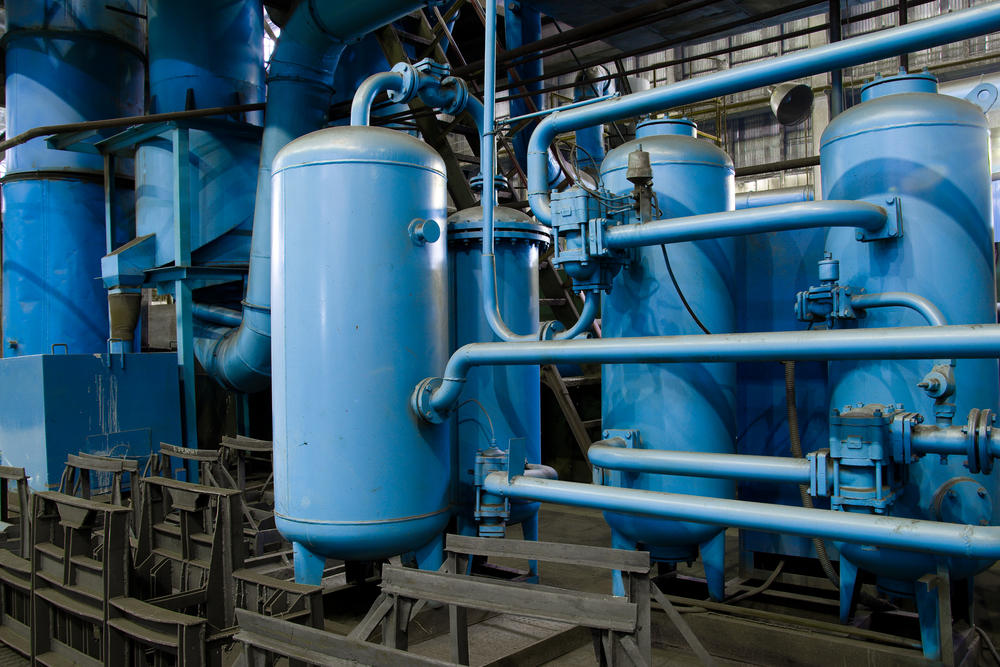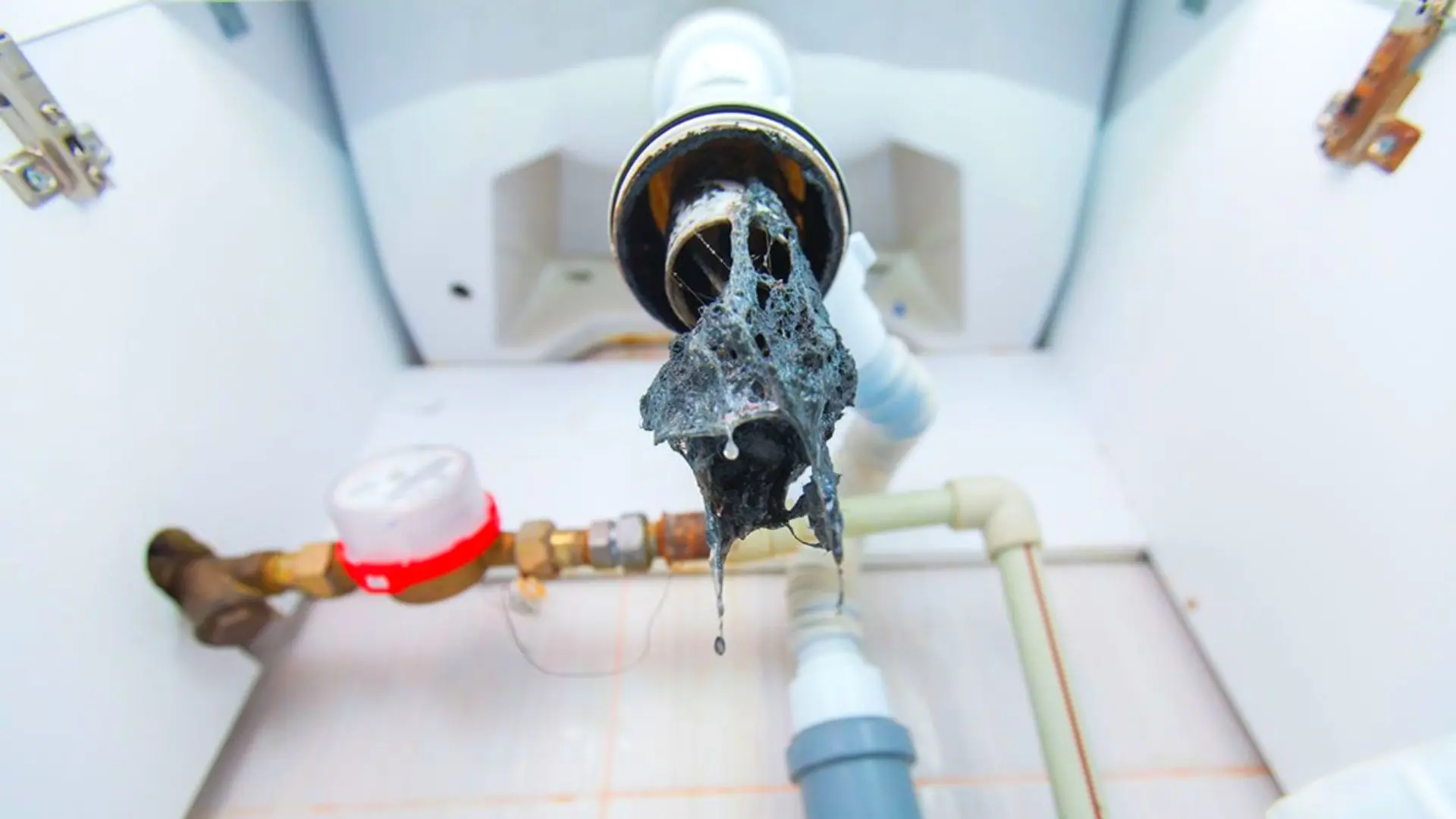The publisher is making a number of good annotation on 4 Ways to Troubleshoot Low Water Pressure as a whole in the content just below.

Low water stress in your house can be an irritating issue, impacting everything from showering to cleaning dishes. If you're experiencing weak water flow, there are several possible reasons and services to check out. In this guide, we'll review typical reasons for low water pressure and useful actions to deal with the concern effectively.
Intro to Low Water Pressure
Low water pressure takes place when the circulation of water from your taps, showers, and various other components is weak than common. This can make everyday tasks more challenging and less efficient. Recognizing the causes of low tide stress is crucial to finding the appropriate remedy.
Usual Reasons For Low Water Stress
Pipe Obstructions
In time, pipes can come to be blocked with mineral deposits, sediment, or debris, limiting the flow of water. This is an usual problem in older homes with galvanized steel pipes.
Deterioration
Rust within pipelines can bring about leakages and lowered water stress. Rust buildup can constrict water circulation, specifically in maturing plumbing systems.
Faulty Pressure Regulators
Pressure regulatory authorities are responsible for maintaining consistent water pressure in your home. If they malfunction, it can cause low water pressure or uneven circulation throughout your house.
Metropolitan Water Supply Issues
In some cases, the problem exists outside your home. Metropolitan supply of water problems, such as main line leaks or maintenance work, can briefly minimize water stress in your location.
Exactly How to Identify Low Tide Pressure
Inspecting Faucets and Components
Begin by checking the water pressure at different faucets and components throughout your home. If the concern is isolated to details locations, it may indicate local issues.
Examining Pipes
Evaluate noticeable pipelines for signs of leakages, rust, or blockages. Take notice of any kind of unusual audios, such as banging or rattling pipelines, which can indicate concerns within the plumbing system.
Consulting with a Plumber
If you're not able to pinpoint the source of low water stress, think about hiring a professional plumber to carry out an extensive evaluation. They can identify underlying problems and suggest proper solutions.
Do It Yourself Solutions to Fix Low Water Pressure
Cleaning Aerators and Showerheads
Mineral deposits can build up in aerators and showerheads, reducing water flow. Get rid of and clean these elements regularly to enhance water pressure.
Flushing Hot Water Heater
Debris accumulation in the hot water heater can limit circulation and lower efficiency. Purging the container periodically helps remove sediment and preserve ideal performance.
Checking Pressure Regulatory Authority
Make certain that the stress regulatory authority is operating properly. Changing or replacing the regulatory authority can assist bring back proper water stress throughout your home.
Cleaning Clogs in Water Lines
For minor clogs, attempt using a plumbing serpent or chemical drain cleaner to clear obstructions in pipelines. Be cautious when using chemicals and adhere to safety guidelines.
When to Call a Specialist Plumber
If do it yourself initiatives fail to resolve the concern or if you believe considerable plumbing problems, it's best to seek help from a qualified plumber. They have the know-how and tools to address complicated issues securely and efficiently.
Preventive Measures to Preserve Water Stress
Normal Maintenance
Set up routine maintenance for your plumbing system to avoid concerns such as corrosion, leakages, and blockages. Dealing with small problems early can help avoid even more substantial repair services in the future.
Installing a Stress Booster
Think about mounting a pressure booster pump to enhance water stress in areas with constantly low circulation. This can be particularly helpful for multi-story homes or residential properties with high-demand fixtures.
Tracking Water Use
Be mindful of water usage behaviors and avoid overtaxing the plumbing system. Straightforward modifications, such as staggering showers and laundry tons, can assist keep adequate water pressure.
Conclusion
Taking care of low water pressure can be aggravating, however determining the underlying reasons and carrying out ideal solutions can bring back optimum flow throughout your home. Whether it's cleaning up aerators, evaluating pipelines, or consulting with a plumber, taking proactive actions can make certain a constant supply of water for your day-to-day requirements.
How to Fix Low Water Pressure In Your Home
Municipal Water Supply Issues
Scheduled maintenance, high demand, and water main breaks are all potential causes for low water pressure within a city or county’s water lines. While there’s not much you can do to personally fix a problem with your city or county’s water supply system, you can play a big role in documenting the issue and alerting those who can.
How to fix it:
Ask your neighbors if they are experiencing any issues with low water pressure. If multiple homes are affected, it’s likely related to the city’s water line.
Contact the local Water Authority to see if there is any maintenance taking place that might be affecting your supply. Also let them know of your specific issues. If other homeowners report the same issues, they’ll know that there could be a larger issue to look into.
Faulty Fixtures
A damaged or clogged shower head, faucet or appliance is the first thing we’d suggest checking, especially if low water pressure appears to be isolated to a specific area of your home.
How to fix it:
First, turn off the main water supply to your home.
Check the affected appliances for build-up or debris. In the case of a faucet, you can simply unscrew the aerator at the tip of the faucet. Showerheads should be fully detached from the water pipe.
While the appliances are detached, you may want to check the water supply to determine if the fixtures were in fact the issue.
To clean, soak the showerhead or aerator in vinegar and brush off any visible debris.
Reattach the fixtures and check the water pressure again. If it is still low, there is likely a deeper issue at hand, which can be determined by a professional plumber.
Pipe Obstructions
Mineral deposits, rust or other debris within water pipes can lead to blockages or corrosion over time.
How to fix it:
When you think of a clog, you probably think of a drain clog. While there are many DIY solutions to clearing a drain, clogs in a water pipe will almost always require the help of a professional plumber. A plumber will be able to locate the affected pipe and clean out any debris or mineral deposit buildup. In severe cases, the pipe may need to be replaced. Your plumber might also recommend a water softening system to remove the minerals from your home’s water supply that can contribute to pipe blockages over time.
Plumbing Leak
Undetected water line leaks can divert water away from your residential pipes, reducing the water pressure in your fixtures.
How to fix it:
Check your water meter by turning off all water sources and monitoring the meter for any movement, which could be a clear indicator of a potential leak.
Check all visible pipes for signs of leaking, including water stains, active dripping or damp spots around the pipe.
Inspect fixtures, including faucets and showerheads, for any drips.
Test the pressure but recording the pressure with the main water valve shut off. Leave off for a few hours and test again. A significant drop in pressure is a clear sign of a leak.
https://kiddcoplumbing.com/plumbing-blog/how-to-fix-low-water-pressure/

How to Fix Low Water Pressure In Your Home
Municipal Water Supply Issues
Scheduled maintenance, high demand, and water main breaks are all potential causes for low water pressure within a city or county’s water lines. While there’s not much you can do to personally fix a problem with your city or county’s water supply system, you can play a big role in documenting the issue and alerting those who can.
How to fix it:
Faulty Fixtures
A damaged or clogged shower head, faucet or appliance is the first thing we’d suggest checking, especially if low water pressure appears to be isolated to a specific area of your home.
How to fix it:
Pipe Obstructions
Mineral deposits, rust or other debris within water pipes can lead to blockages or corrosion over time.
How to fix it:
When you think of a clog, you probably think of a drain clog. While there are many DIY solutions to clearing a drain, clogs in a water pipe will almost always require the help of a professional plumber. A plumber will be able to locate the affected pipe and clean out any debris or mineral deposit buildup. In severe cases, the pipe may need to be replaced. Your plumber might also recommend a water softening system to remove the minerals from your home’s water supply that can contribute to pipe blockages over time.
Plumbing Leak
Undetected water line leaks can divert water away from your residential pipes, reducing the water pressure in your fixtures.
How to fix it:
https://kiddcoplumbing.com/plumbing-blog/how-to-fix-low-water-pressure/
We had been made aware of that article about 4 Ways to Troubleshoot Low Water Pressure from a good friend on another blog. Make sure you pause to promote this blog post if you enjoyed it. I praise you for your time. Don't hesitate to stop by our blog back soon.
Call